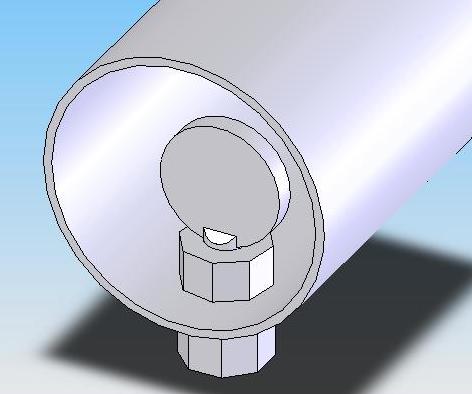Back PressureThe most common part replaced on a new Harley-Davidson motorcycle is the exhaust system. Due to EPA regulations often times getting your bike to sound like a Harley means you need to make it louder. A common belief is that by reducing back pressure in the exhaust system you will automatically gain horsepower. Unfortunately this is not the case. With the proper fuel management system for a fuel injected engine or re-jetting in the case of a carbureted engine however the maximum horsepower will improve. Without proper tuning the more free flowing aftermarket exhaust will generally cause your engine to run lean and promptly lose 5-10% horsepower. There is however a difference between usable power and maximum horsepower. The maximum horsepower of two engines may be similar, but the horsepower torque curves may be different. The area under the horsepower and torque curves defines the "power" the engine produces. The more area that is under the curve, the more power your engine produces. A typical non-baffled aftermarket exhaust produces a horsepower curve that initially rises very slowly. As the RPMs start to rise above mid-range power, the curve begins to rise at increasing rate until maximum horsepower is achieved. Once RPMs have passed maximum horsepower, the curve drops off rapidly. If you are planning on running a non-baffled exhaust but would like to gain back some of your low end torque, there is some hope . Below is an extremely inexpensive trick that will give you back some low end torque and can even be tuned to meet the performance needs of the bike. STEP 1: Install a lollipop style baffle approx 1/4"x1". They work great. The "lollipop" shaped head on the screws measure approximately 3/4" so they have about the same surface area as the 3/4" O.D. washer because of the lack of the hole. And they do not require any fabrication. Alternatively you can drill out the centre to allow more air flow. STEP 2: Drill a 1/4" hole about 1" inside your head pipe where your aftermarket exhaust slip on, or install approx 3 inches in from the end of your drag pipes. STEP 3: Now insert your tunable baffle into the exhaust pipe like the example below. Take the turnable baffle and place a 1/4" nut and a washer either side of the pipe surface. 
You can tune the baffle by changing the angle of the Head to the exhaust pipe. For maximum torque, the washer will be at 90 degree angle to the pipe. For maximum horsepower the washer will be parallel to the pipe. In a study given to Bike Tech by Gene P. Three runs were done. Run 5 was done with the face of the lollipop baffle 90 degrees to the pipe or perpendicular, Run 6 was done at a 45 degree angle and Run 7 was done parallel to the pipe. Run 5: Had the lowest horsepower, but the 2500-4000 RPM power was the highest. This is the RPM band that most riders spend their time riding. Run 6: Improves the 3000-4000 RPM horsepower drop over run 7 without any significant drop in maximum power. Run 7: Makes the most power, but has a huge hole in the power band just above 3000 RPMs. Since the thumbscrew is parallel to the pipe in this case, it has a very small profile and would be very similar to it not being there at all. The information for this article was gathered from nightrider.com's Bike Tech. |